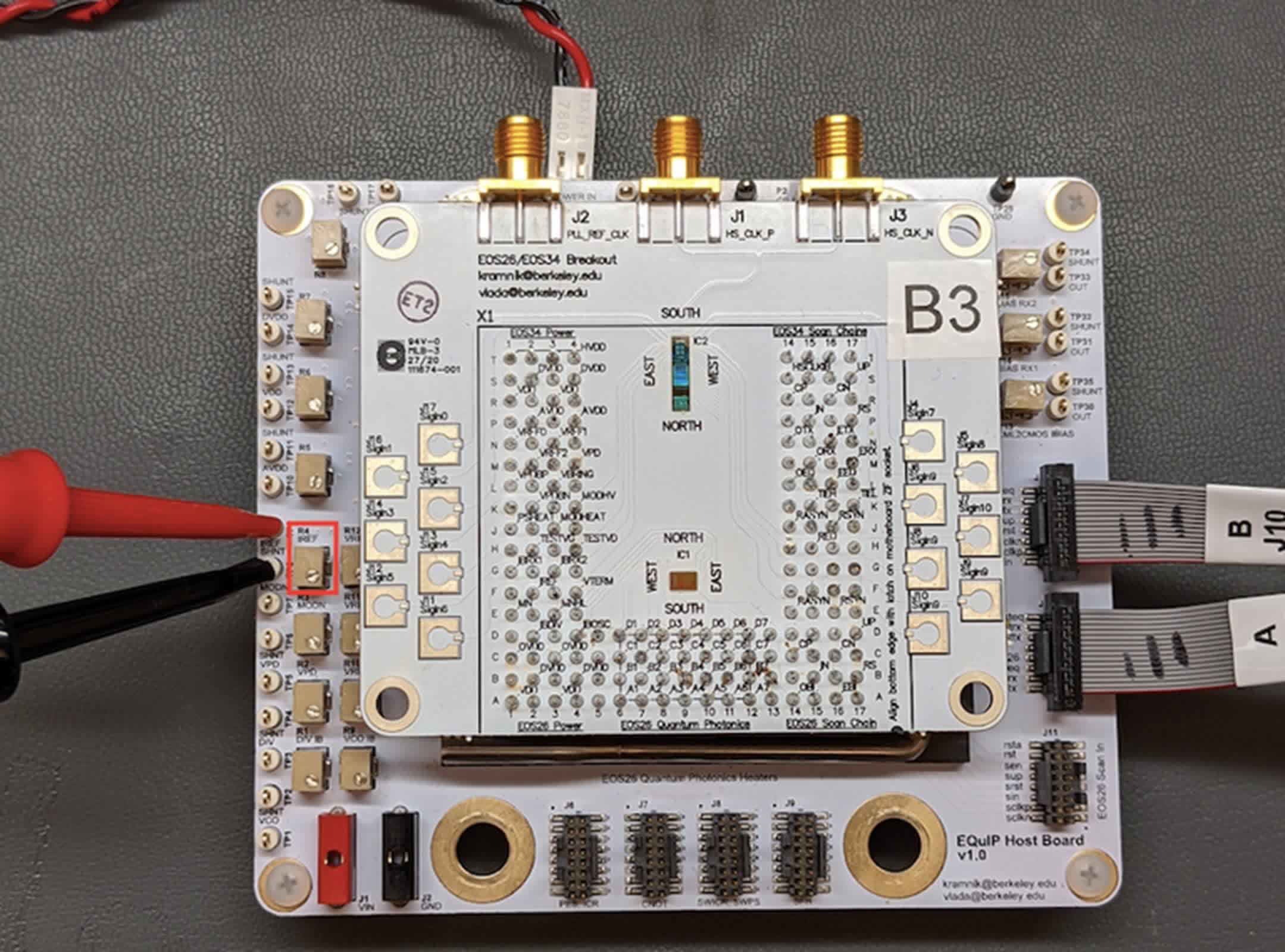Get the latest tech news
SRAM Has No Chill: Exploiting Power Domain Separation to Steal On-Chip Secrets
bstract The widespread use of embedded systems has increased the risk of physical memory disclosure attacks. A notable example is the cold boot attack, where attackers exploit DRAM’s temperature-dependent data retention property.
That is, Volt Boot artificially creates SRAM data retention across a power cycle using a voltage probe in a PCB’s test pad or bare passive component’s lead that is connected to a target memory domain. An SoC’s domain-separated power management architecture allows us to supply voltage to a target memory through exposed pins and keep part of the chip active (that is, retaining state) while the rest of the system resets. Compared to previous-generation cold-boot attacks against standalone SRAM, Volt Boot achieves error-free data exfiltration on devices spanning three distinct microarchitectures—defeating the paradigm of on-chip computation as a viable defense against secret extraction.
Or read this on Hacker News
